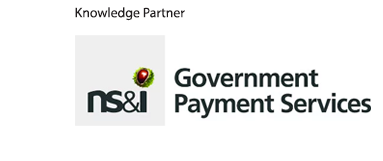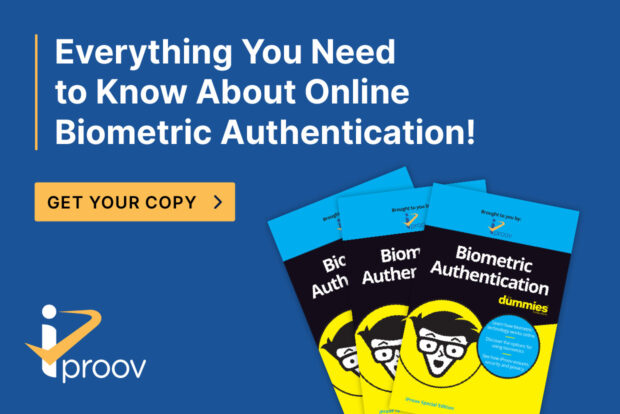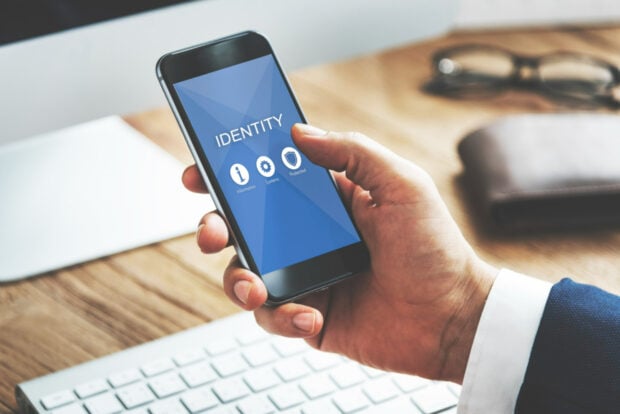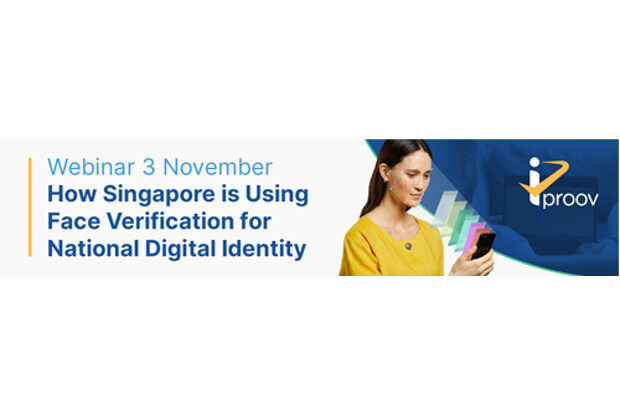US National Institute of Standards and Technology refreshes digital ID guidelines

The US National Institute of Standards and Technology (NIST) has set out a draft update to its digital ID guidance for federal government organisations on verifying service users online.
The new draft sets out the fundamental processes for verifying user ID online and offers alternative security methods, such as passkeys to mobile drivers’ licences. Facial recognition was also raised as a possible new feature of digital ID infrastructure.
Jason Miller, deputy director for management at the US Office of Management and Budget (OMB), said that the update “highlights the Biden-Harris administration’s commitment to strengthening anti-fraud controls while ensuring broad and equitable access to digital services”.
“By incorporating feedback from private industry, federal agencies, privacy and civil rights advocacy groups, and members of the public, NIST has developed strong and fair draft guidelines that, when finalised, will help federal agencies better defend against evolving threats while providing critical benefits and services to the American people, particularly those that need them most,” he added.
Federal agencies currently use a version of the guidelines rolled out in 2017. In 2022, NIST published an update that received around 4,000 “specific comments” over a 119-day public feedback period. The agency is currently taking comments on the latest iteration until 7 October. Depending on the volume of feedback it receives, NIST’s aim is to produce a final version of the guidance in 2025.
Ryan Galluzzo, NIST’s digital identity programme lead, said that the agency would keep as many pathways as possible open to enable secure online access to services.
“We want to open up the use of modern digital pathways while still allowing for physical and manual methods whenever they may be necessary,” Galluzzo said.
Read more: White House cracks down on customer service ‘doom loops’ and subscription traps
Rules aim to improve access
NIST’s director and under-secretary of commerce for standards and technology, Laurie E. Locascio, said that with the new guidelines in place, US citizens would enjoy improved access to government services “regardless of their chosen methods of identification”.
“These improved guidelines are intended to help organisations of all kinds manage risk and prevent fraud while ensuring that digital services are lawfully accessible to all,” Locascio said.
NIST is still accepting public comments on the suite of publications at [email protected] until Oct. 7, 2024, before the rules are finalised.



















